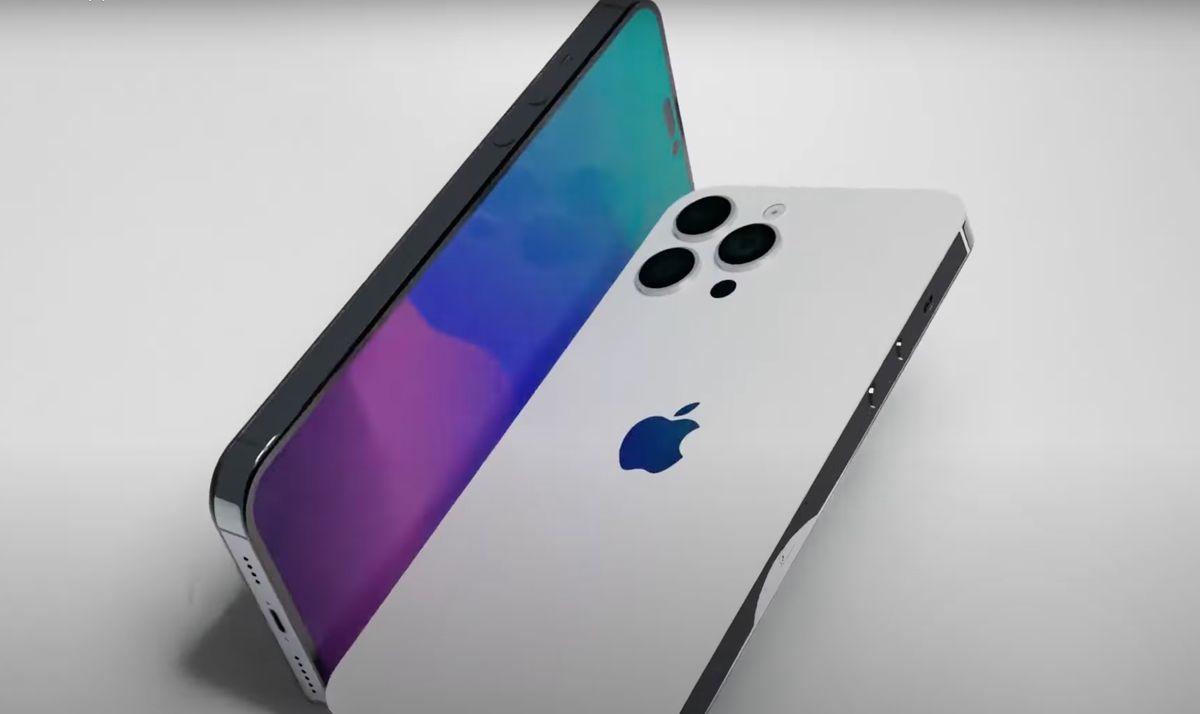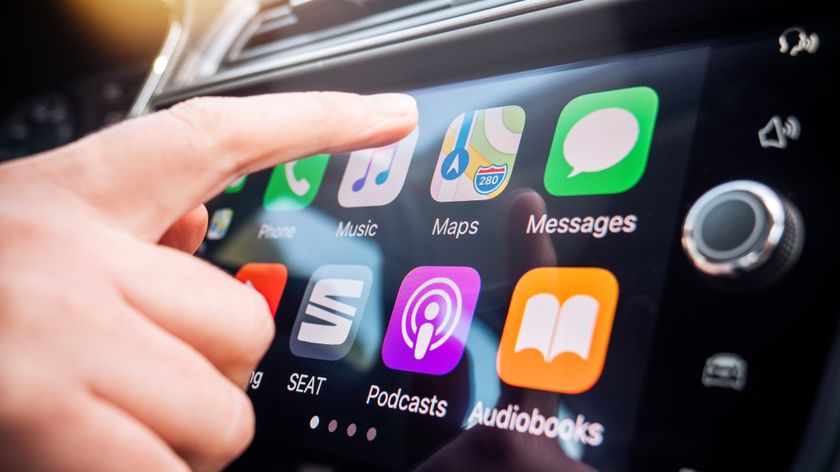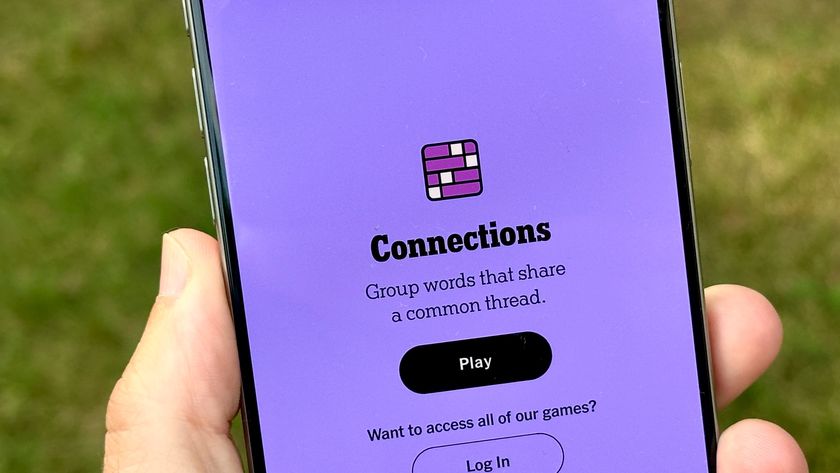Apple could already be taking steps to prevent iPhone 14 shortages
Apple likely wants to make sure you can buy an iPhone 14 this year

Update: It's bad news for Apple as Zhengzhou is now in lockdown after more than a dozen Covid-19 cases were discovered in the area. This could have an impact on iPhone 14 production and the availability of the iPhone 13.
Apple is reportedly aiming to avoid iPhone 14 shortages later this year by asking major device manufacturer Foxconn to recruit iPhone assembly line workers in China earlier than it usually does.
Apple is also reportedly talking to regional government to ensure that iPhone 14 production is safeguarded in the event of another Covid-19 outbreak.
As reported by United Daily News (and relayed by 9to5Mac), Foxconn would not normally boost recruitment this early in the year. But Apple apparently wants Foxconn to ensure its production plant in Zhengzhou, China, which is nicknamed iPhone City, is up to capacity in order to make up for lost production in other parts of China. On the whole, Zhengzhou has been relatively untouched by coronavirus lockdowns, so it makes sense that Apple would focus on its production potential.
To boost the recruitment, Foxconn has reportedly increased its bonus to workers who remain in post for at least 90 days from $984 to $1,286, which will surely incentivize plenty of locals to join the 200,000 workers currently employed at the plant.
Apple’s production fears stem from two key issues: the ongoing global chip shortage and the Chinese government's attempts to fully eradicate Covid-19 from the country. The iPhone 13 was blighted by supply problems, which saw some customers waiting for longer than usual to get Apple's latest smartphone; Apple is almost certainly looking to avoid this situation from occurring again.
To avoid the real possibility of a Covid-19 outbreak, a closed-loop production system is reportedly being used at the plant. This means that most workers actually live within accommodation located at the facility, and don't leave the site for weeks at a time. Additional measures being employed include regular testing, as well as all visitors requiring a negative test result before being allowed to enter the plant.
Sign up to get the BEST of Tom's Guide direct to your inbox.
Get instant access to breaking news, the hottest reviews, great deals and helpful tips.
During a recent earnings call, Apple’s Tim Cook noted that Covid-related disruptions and the industry-wide silicon shortage were just two of the problems the company is currently facing. Cook also explained that weak exchange rates, loss of Russian sales and reduced consumer spending thanks to a cost of living squeeze were other issues Apple must navigate. Apple estimates these factors could cost the California-based company in the range of $4 billion to $8 billion in its current quarter.
However, assuming Apple can mitigate the impact of these factors and ensure a mostly smooth production timeline, the iPhone 14 will undoubtedly be another successful smartphone in the overwhelmingly popular iPhone range.
This year’s flagship could offer some of the biggest changes in years with a sleeker design, a faster A16 Bionic chip, a sharper main camera and potentially even USB-C for the iPhone 14 Pro and a new iPhone 14 Max model is also rumored. Plus, recent mock-ups may have given us a clear look at the potential design changes for each iPhone 14 model.

Rory is an Entertainment Editor at Tom’s Guide based in the UK. He covers a wide range of topics but with a particular focus on gaming and streaming. When he’s not reviewing the latest games, searching for hidden gems on Netflix, or writing hot takes on new gaming hardware, TV shows and movies, he can be found attending music festivals and getting far too emotionally invested in his favorite football team.











